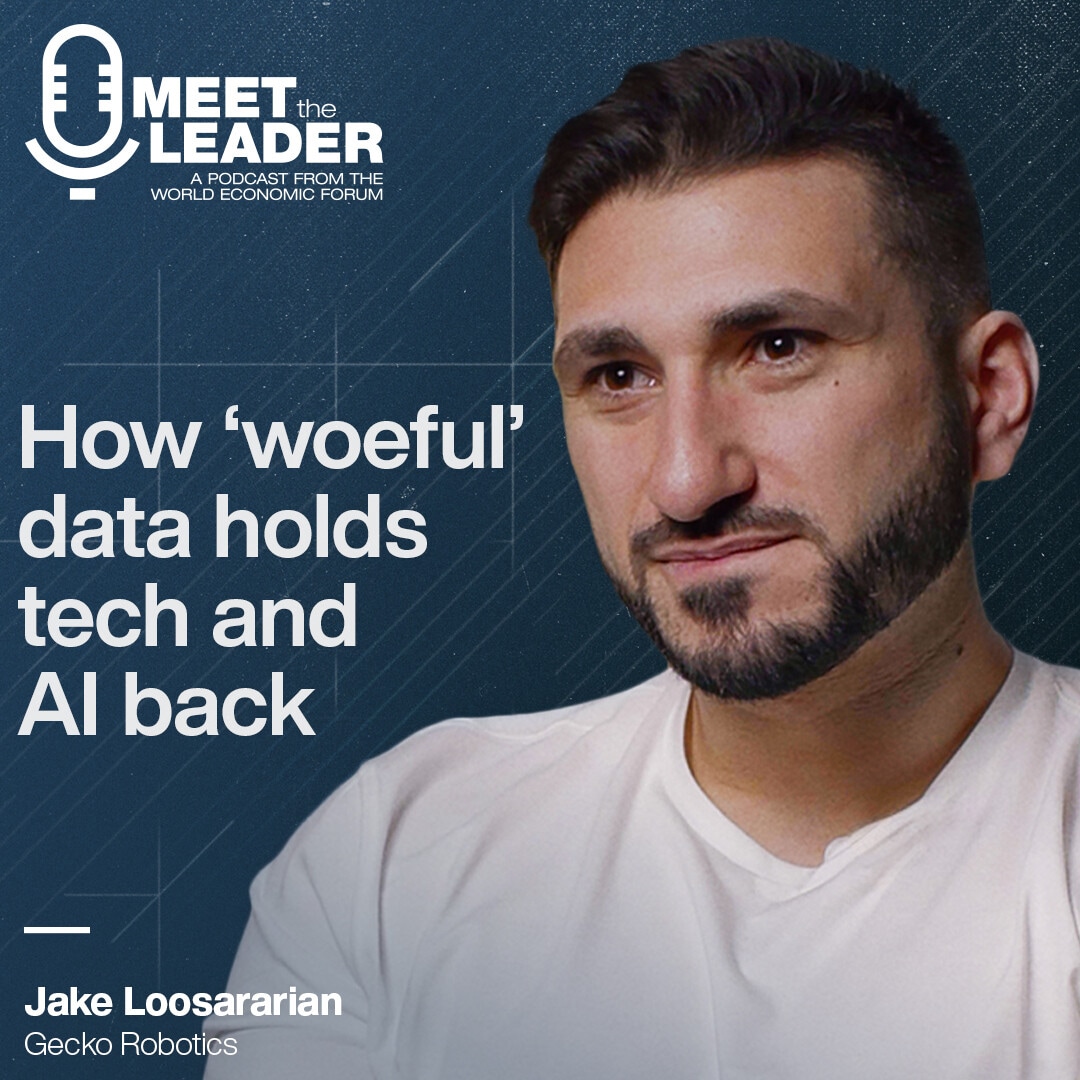So how does AI actually work? These videos by Facebook experts explain everything
Many intelligent machines and systems use algorithmic techniques loosely based on the human brain.
Image: REUTERS/Thomas Peter
Stay up to date:
Emerging Technologies
Tech entrepreneur Elon Musk argues that artificial intelligence (AI) poses a greater threat to humanity than nuclear weapons, while Facebook CEO Mark Zuckerberg believes AI will save lives.
Regardless of whether you agree with Musk’s or Zuckerberg’s argument, what is clear is that AI is reshaping the world we live in. It’s driving advances in medicine and autonomous vehicles and disrupting industries from manufacturing to marketing. And although we may not be aware of it, we are already using it in our Facebook news feeds, when we talk to Siri on our iPhones or ask our Alexa-enabled speakers to play a track.
Yet although it’s powering products and services we use every day, AI remains a mystery to many of us. So Facebook AI experts Yann LeCun and Joaquin Quiñonero Candela have set about simplifying this complex field of computer science in a series of educational videos and blog posts.
Accept our marketing cookies to access this content.
These cookies are currently disabled in your browser.
‘Not magic, just code’
“Artificial intelligence is not magic,” write LeCun, head of Facebook’s AI research, and Candela, Facebook’s Director of Applied Machine Learning, in their blog. “But we have already seen how it can make seemingly magical advances in scientific research and contribute to the everyday marvel of identifying objects in photos, recognizing speech, driving a car, or translating an online post into dozens of languages.”
How does it do this? Many intelligent machines and systems use algorithmic techniques loosely based on the human brain. These neural networks can learn to recognize patterns, translate languages, do simple logical reasoning, create images and even come up with ideas.
“All of this happens at blinding speed through a set of coded programs designed to run neural networks with millions of units and billions of connections,” write LeCun and Candela. “Intelligence emerges out of the interaction between this large number of simple elements.”
Machine learning, simplified
If, for example, you want to teach a computer to tell the difference between a car and a dog, instead of programming it to carry out the task, you can train it to recognize objects in images so that it learns for itself.
In this video LeCun explains how machine learning works:
Accept our marketing cookies to access this content.
These cookies are currently disabled in your browser.
So what is deep learning?
Deep learning is a type of machine learning that structures neural networks in multiple processing layers. This helps a computer to identify what is in an image or learn to recognize speech and text.
“In a park we can see a collie and a chihuahua, but recognize them both as dogs, despite their size and weight variations,” write LeCun and Candela. “To a computer, an image is simply an array of numbers. Within this array of numbers, local motifs, such as the edge of an object, are easily detectable in the first layer.
“The next layer would detect combinations of these simple motifs that form simple shapes, like the wheel of a car or the eyes in a face.
“The next layer will detect combinations of shapes that form parts of objects, like a face, a leg, or the wing of an airplane.
“The last layer would detect combinations of parts that form objects: a car, an airplane, a person, a dog, etc. The depth of the network – with its multiple layers – is what allows it to recognize complex patterns in this hierarchical fashion.”
Accept our marketing cookies to access this content.
These cookies are currently disabled in your browser.
Deep learning is helping to push forward research in fields including physics, engineering, biology and medicine. It is also at the heart of the development of autonomous systems such as self-driving vehicles.

What about AI’s impact on jobs?
Despites growing anxiety over automation eliminating jobs, LeCun and Candela believe that AI will create new roles for humans in manufacturing, training, sales and maintenance and management of intelligent robots.
“AI and robots will enable the creation of new services that are difficult to imagine today. But it’s clear that health care and transportation will be among the first industries to be completely transformed by it,” they write.
“Increasingly, human intellectual activities will be performed in conjunction with intelligent machines. Our intelligence is what makes us human, and AI is an extension of that quality.”
Don't miss any update on this topic
Create a free account and access your personalized content collection with our latest publications and analyses.
License and Republishing
World Economic Forum articles may be republished in accordance with the Creative Commons Attribution-NonCommercial-NoDerivatives 4.0 International Public License, and in accordance with our Terms of Use.
The views expressed in this article are those of the author alone and not the World Economic Forum.
Related topics:
Forum Stories newsletter
Bringing you weekly curated insights and analysis on the global issues that matter.
More on Emerging TechnologiesSee all
Jon Jacobson
August 14, 2025
Ruti Ben-Shlomi
August 11, 2025
David Timis
August 8, 2025
António Costa
August 6, 2025
Samuel Alemayehu
August 5, 2025





